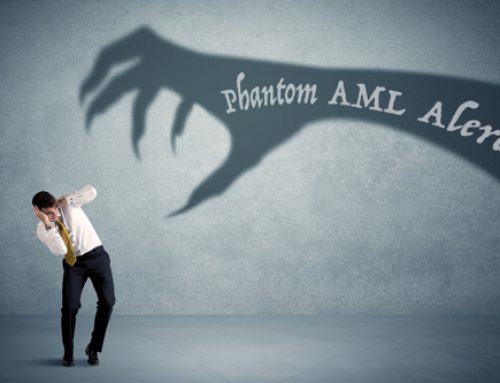We’ve plowed right in to 2016 and groundhog day has come and gone. Everyone’s favorite Punxsutawney Phil luckily did not see his shadow, predicting an early thaw. However, the compliance new year brought about minor new regulatory changes; changes that could be casting their own shadow on your institution’s regulatory efforts. A quick review will help us all breathe a little easier as we look forward to April showers and May flowers.
We typically see a number of minor regulatory changes made effective on the first day of the new year as a result of thresholds and limits that have to be adjusted if there are changes to specific indexes identified in the regulation. Below is a quick look at the changes of note that were effective January 1, 2016. The specific changes are in bold print.
Home Mortgage Disclosure Act – Regulation C
The definition of a financial institution, for the purposes of determining whether HMDA reporting is required, is evaluated by the CFPB on an annual basis to determine whether the asset threshold should be increased, decreased, or remain the same as the previous year. The determination is based on the movement of the Consumer Price Index for Urban Wage Earners and Clerical Workers (CPI-W). In 2015, there was only very minimal movement in the CPI-W, which was not sufficient to trigger a change to the asset threshold from the threshold set for 2015. Therefore, financial institutions with assets of $44 million or less as of 12/31/2015 are exempt from collecting and reporting HMDA data for the calendar year 2016.
Truth in Lending Act – Regulation Z
There are a number of limits and thresholds in Reg. Z that are tied to the CPI-W and require the CFPB to perform an annual review to determine whether changes to these limits and thresholds need to be made. The following is a list of the items that changed, effective January 1, 2016:
- There are some loan transactions that are exempt from coverage under Regulation Z. One of those exemptions applies to consumer loans above a dollar threshold based on the CPI-W. The CFPB’s assessment of the movement of the CPI-W index as of June 1st, led it to determine that the exemption threshold for consumer loans for calendar year 2016 will remain at $54,000. This means that consumer loans originated from January 1 through December 31st of 2016 in excess of $54,000 are not subject to Reg. Z, unless they are secured by property or are private education loans as defined in section 1026.46(b)(5) of Reg. Z.
- The penalty fee safe harbor amount for credit cards and open-end credit for college students will remain the same at $27 for a first late payment, but has decreased to $37 for each subsequent violation of the same type that occurs within the same billing cycle or one of the next six billing cycles;
- The total loan amount threshold and the fee threshold that determines whether a loan is a high cost mortgage under the HOEPA provisions in section 1026.32 have been changed for the purpose of evaluating the transactions’ total points and fees. The threshold is now 5% of the total loan amount for a transaction of $20,350 or more, or the lesser of 8% or $1,017 for a loan amount of less than $20,350.
- For determining an applicant’s ability to repay a dwelling-secured loan, a covered transaction is not a qualified mortgage unless the transaction’s total points and fees do not exceed the following amounts:
- 3% of the total loan amount for a loan greater than or equal to $101,749;
- $3,052 for a loan amount greater than or equal to $61,050, but less than $101,749;
- 5% of the total loan amount for a loan greater than or equal to $20,350, but less than $61,050;
- $1,017 for a loan amount greater than or equal to $12,719, but less than$20,350; and
- 8% of the total loan amount for a loan amount less than $12,719.
- Financial institutions with assets below a certain asset limit are exempt from the requirement to establish an escrow account for higher priced mortgages as long as they comply with the other requirements under section 1026.35(b)(2). For 2016, if the financial institution’s assets as of 12/31/2015 are less than $2.052 billion(including the assets of any of the institution’s affiliates that regularly extended first-lien covered transactions during calendar year 2015), then the institution is exempt from the escrow requirement for loan consummated in 2016 and for loans consummated in 2017 if the loan application was received before April 1, 2017. In addition, the $2.052 billion in assets is to be used as the applicable threshold in 2016 for the determining the requirements for small-creditor portfolio qualified mortgages and as one of the steps in determining whether a qualified mortgage may have a balloon-payment.




